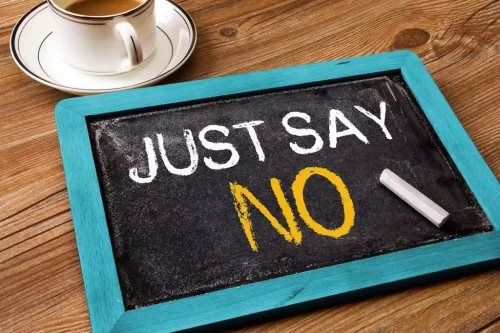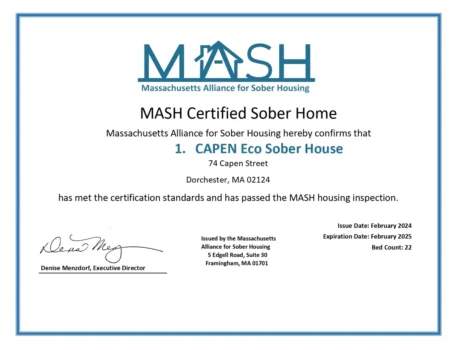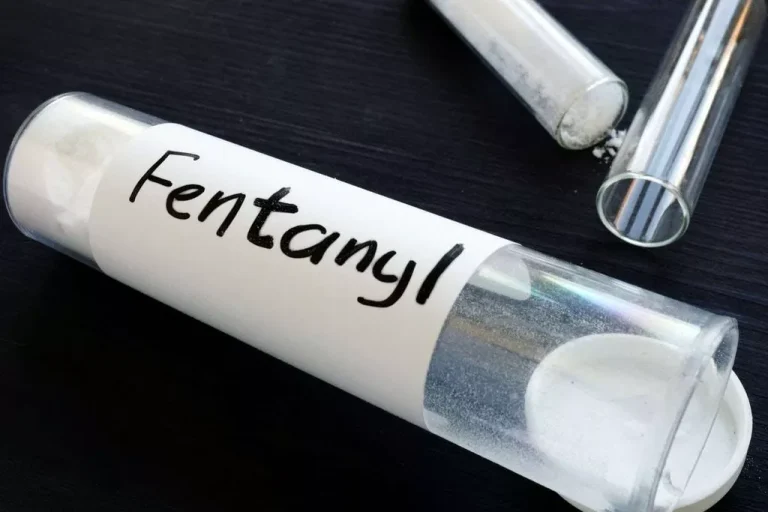
In a brief version of this therapy, there is less time to understand andrestructure all of the cognitions that may be influencing substance abuse.The therapist must use the early sessions to determine the most productivefocus of the therapy, given the short timeframe. If the client usedsubstances primarily to cope with negative mood states, then therapy mayfocus on understanding how the client’s interpretation of events led to thenegative moods. Brief behavioral therapy might also involve the client’s spouse orsignificant others, who may attend several of the therapy sessions. Inaddition to serving as a corroborator of the client’s self-reportedsubstance use, a significant other may be involved in behavioralcontracting and community reinforcement interventions. The significantother could be taught to positively reinforce a client’s reduceddrinking or abstinence and not to argue with her drinking when she isintoxicated, but rather to approach her when she is sober and providepositive feedback. The client and the significant other may develop acontingency contract that will encourage reinforcement of her positivebehaviors.
Cognitive Behavioral Therapy Techniques for Addiction

Rehearsal in session of socially-acceptable responses to offers for alcohol or drugs provides the patient with a stronger skill set for applying these refusals outside of the session. Where relevant, this rehearsal can be supplemented by imaginal exposure or emotional induction to increase the degree to which the rehearsal is similar to the patient’s high risk situations for drug use. To our knowledge, this is the first targeted meta-analysis of CBT in combination with pharmacotherapy for adults with AUD and other SUDs to summarize the data in a manner relevant to clinical practice guidelines. Furthermore, we provided pooled effect size estimates by consumption outcome type and outcome point. Most of these subgroup estimates showed acceptable homogeneity, which suggests that the selected variables were informative effect-size modifiers for the sample of clinical trials reviewed.
Conditioning Models
- Our writers and reviewers are experienced professionals in medicine, addiction treatment, and healthcare.
- Figure 4-10shows a number of distorted addictive thoughts and more rational alternativesthat the therapist might help develop and practice over the course of cognitiverestructuring.
- Before we dive into the role of cognitive behavioral therapy in preventing relapse, let’s understand what relapse is and why it’s so common.
- Multi-dimensional family therapy (MDFT) was developed for adolescents with drug use problems and involves the adolescent, parents, and other social systems [86].
- Functional analysis can also give insight into why they drink or use drugs in the first place.
- Vocational counseling and job clubs can improve clients’ basicskills as well as job-seeking skills (e.g., résumé development, applicationcompletion, job interview skills).
Brief interventions for alcohol use disorders have been developed for use in settings other than addiction treatment programs, such as in primary care practices. These interventions generally consist of screening, assessment, advice, and greater frequency of follow-up visits [45,46]. This relatively minimal clinical effort has been shown to have powerful effects on patient alcohol use. To date, these approaches have not been evaluated widely among individuals with drug use disorders [47,48]. According to Carroll, teaching coping skills is the core of CBT (i.e.,helping clients recognize the high-risk situations in which they are mostlikely to abuse substances and to develop other, more effective means ofcoping with them) (Carroll, 1998).The therapist teaches the client specific behavioral skills for forming andmaintaining interpersonal relationships.
How Much Does Cognitive Behavioral Therapy Cost?
However, recent findings have shown that Cognitive Behavioral Therapy (CBT) is a powerful tool for preventing relapse and sustaining recovery. Marlatt and Gordon posit that one source of possiblerelapse risk has to do with the degree of stress or daily hassles that theclient experiences (Marlatt and Gordon,1985). They suggest that when the demands and obligations aclient feels (“shoulds”) outweigh the pleasures the individual can engage in(“wants”), then his life is out of balance. In response to these feelings, the individualcould begin making decisions that gradually lead toward possible relapse.The goal is to help the individual find a better balance, increasinginvolvement in pleasant and rewarding activities while reducing the leveland sources of stress. Cognitive therapy works under the assumption that a client can be educated toapproach his problems rationally. Because of this emphasis on rationalunderstanding, the cognitive therapist will typically begin therapy byexplaining the nature of her approach (seeFigure 4-12for a sample openingscript).
- However, some critics argue that this isbecause behavioral approaches have been developed under controlled conditionsand that in “real” therapy there are many more variables at work than can bemeasured in controlled experiments.
- In a study conducted fully online in Australia, 160 individuals with self-reported amphetamine use problems were randomly assigned to a three-session computerized intervention based on MI with some components of CBT or a wait list control (Tait et al., 2014).
- Cognitive-behavioral therapy entails examining life experiences and thought patterns, and reshaping one’s thinking positively rather than succumbing to negative self-talk.
- In addition to consideration of traditional CM rewards—monetary prizes, vouchers for goods, or treatment “privileges” (e.g., take-home doses of methadone)—the arrangement of social contingencies, such as is evident in BCT approaches, should be considered.
- Nevertheless, review of taped TAU sessions by independent raters blind to treatment assignment indicated CBT techniques and strategies were among the most infrequently used in practice.
Understanding Relapse
During these sessions, a therapist focuses on helping the patient understand the connection between thoughts, emotions, and behaviors. CBT techniques aim to help people work with their disturbing thoughts and feelings to overcome mental health issues such as addiction, anxiety, or depression. The therapists intervene at different stages in the thought-emotion-behavior cycle to help recovering addicts learn the skills to choose positive thoughts and behaviors. Psychotherapists (psychiatrists, psychologists, and social workers) use CBT for addiction by teaching patients specific skills that are useful in treating substance abuse. CBT therapy is widely available as part of inpatient, outpatient, individual, and group therapy programs. CBT therapy is a flexible low-risk therapy and has a good reputation for being effective in substance abuse recovery.
As implied above, CBT for substance use disorders varies according to the particular protocol used and—given the variability in the nature and effects of different psychoactive substances—substance targeted. Consistent across interventions is the use of learning-based approaches to target maladaptive behavioral patterns, motivational and cognitive barriers to change, and skills deficits. Addicts often try to mask these painful feelings with alcohol or recreational drug use, which over time lead to addiction. Cognitive behavioral therapy involves revisiting painful emotions and learning positive behaviors to replace substance abuse as a coping mechanism.


Many treatment programs incorporate cognitive-behavioral therapy and counseling to delve into one’s personal history and the emotions underlying their struggles with recovery. Cognitive-behavioral therapy entails examining life experiences and thought patterns, and reshaping one’s thinking positively rather than succumbing to negative self-talk. A comprehensive treatment regimen should encompass one’s mental, physical, and spiritual well-being, fostering healing from within. Overall, behavioral, cognitive, and cognitive-behavioral interventions areeffective, can be used with a wide range of substance abusers, and can beconducted within the timeframe of brief therapies. The therapist practicing CBT will also challenge the attributional processand emotional aftermath of a relapse.

CRA is a broad-spectrum approach based on the principles ofoperant learning, the goal of which is to increase the likelihood ofcontinued abstinence from alcohol or drugs by reorganizing the client’senvironment. In particular, CRA attempts to weaken the influence ofreinforcement received by substance abuse and its related activities byincreasing the availability and frequency of reinforcement derived fromalternative activities, particularly those vocational, family, social, andrecreational cbt interventions for substance abuse activities that are incompatible with substance abuse (Higgins et al., 1998). Several studies have developed web-based interventions for individuals with stimulant use disorders (amphetamines or cocaine). In a study conducted fully online in Australia, 160 individuals with self-reported amphetamine use problems were randomly assigned to a three-session computerized intervention based on MI with some components of CBT or a wait list control (Tait et al., 2014).